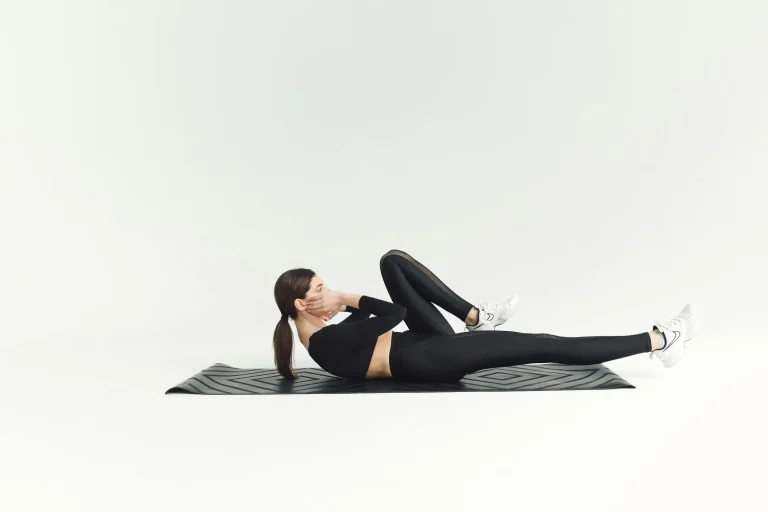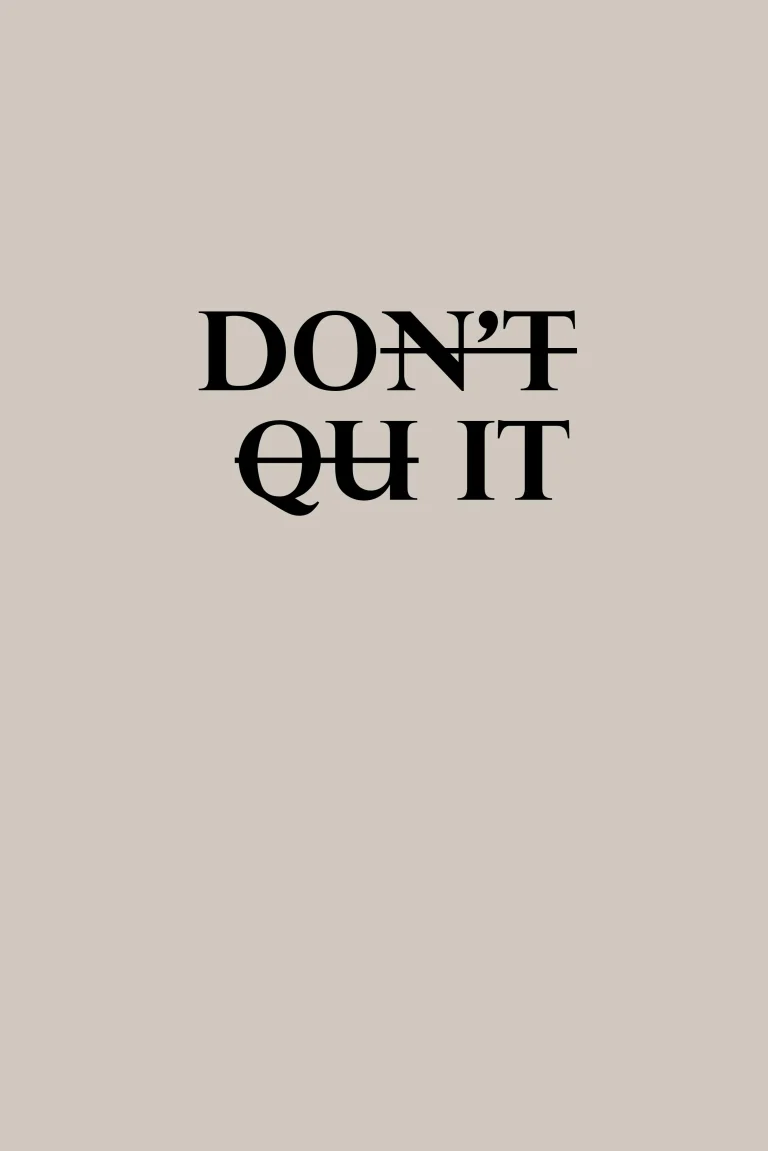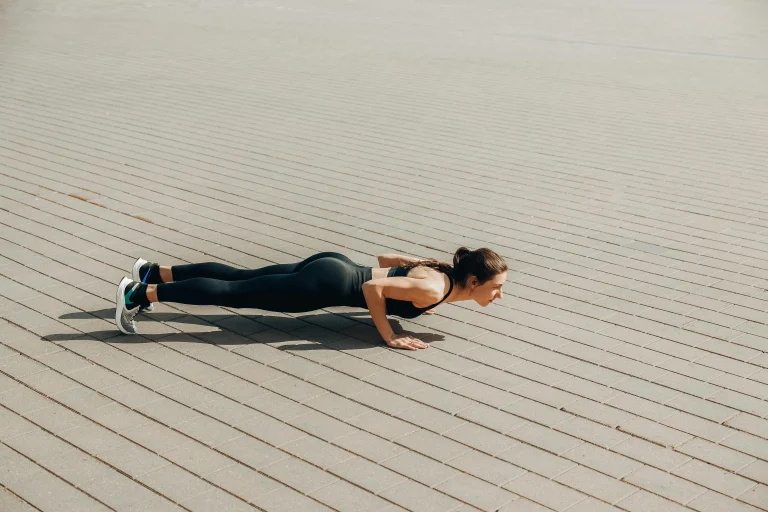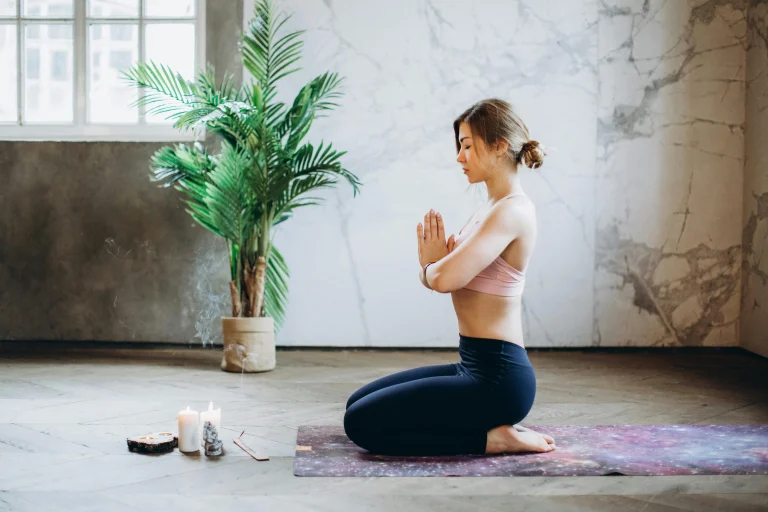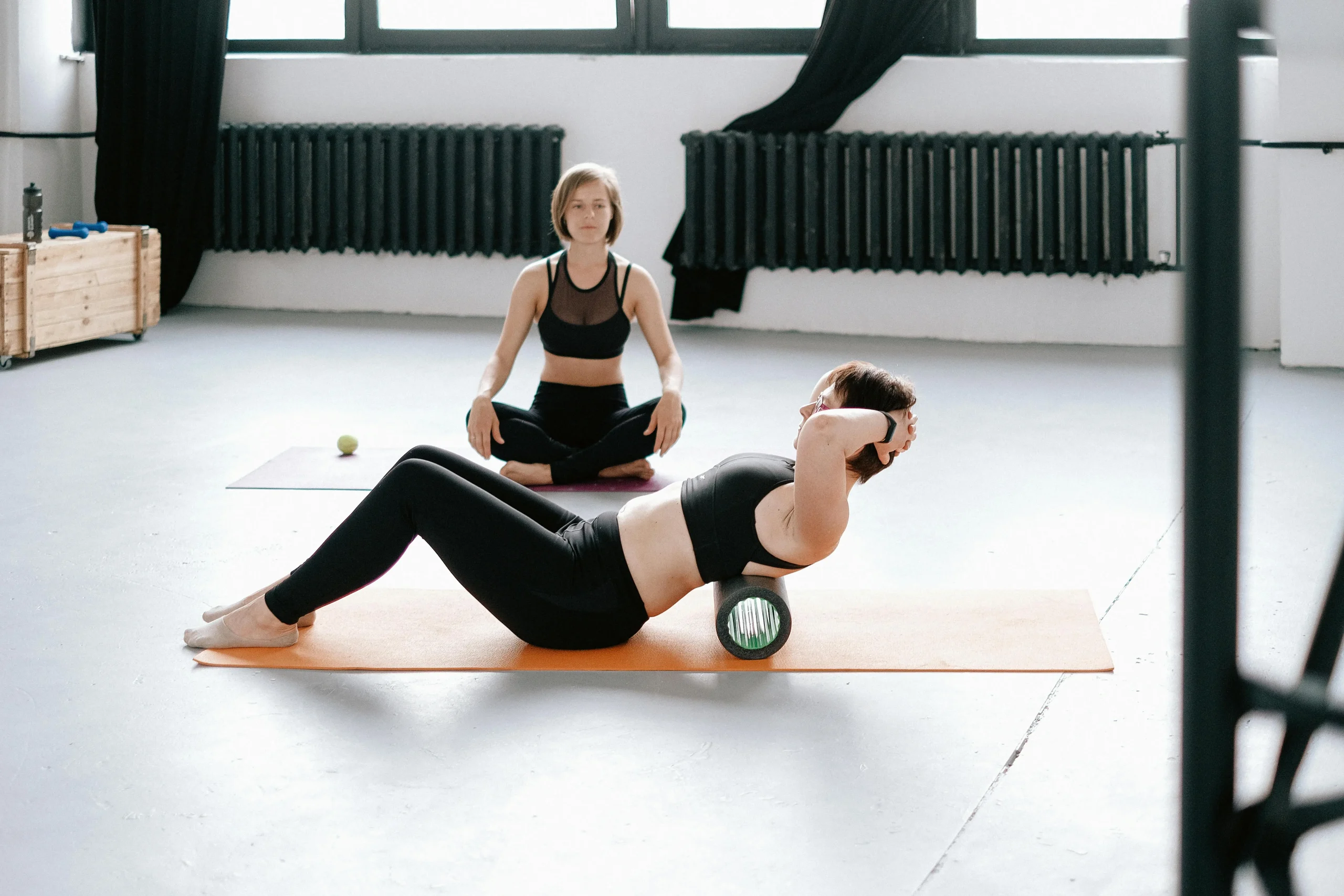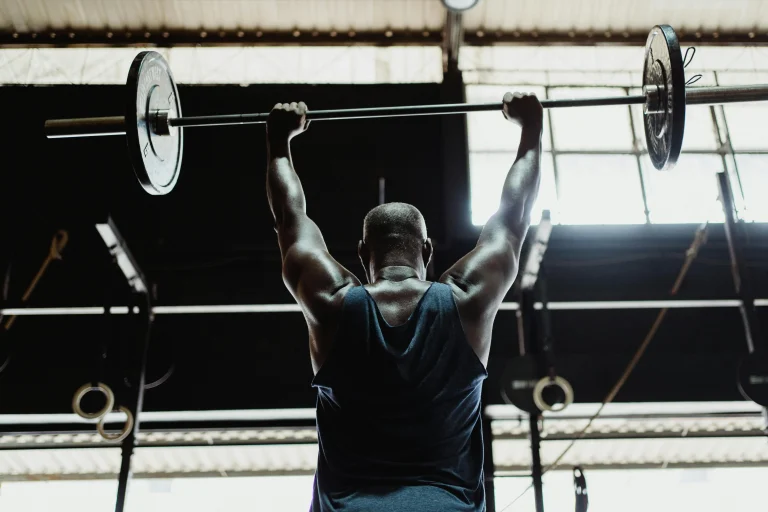Recovery tools have become staples in modern fitness routines. From massage guns to resistance bands, foam rollers to compression sleeves, these devices promise faster healing, reduced soreness, and better mobility. But like any tool, they’re only effective when used correctly. Misuse can lead to irritation, strain, or even injury especially when targeting sensitive areas or skipping proper technique.
This guide breaks down how to use popular recovery tools safely and effectively, so you can support your body without setting yourself back.
Massage Guns: Powerful but Precise
Massage guns are designed to deliver rapid percussive therapy to muscle tissue, helping reduce tension and improve circulation. They’re especially useful after intense workouts or for managing chronic tightness.
Safe usage tips:
- Start with the lowest setting and increase gradually
- Limit use to 2–3 minutes per muscle group
- Avoid bony areas, the neck, groin, and injured skin
- Hold the device perpendicular to the muscle—not at an angle
- Let the gun do the work—don’t press too hard
Best for: Quads, hamstrings, glutes, calves, traps, and forearms Avoid: Joints, arteries, bruises, or areas with nerve compressionYour Weekly Wellness Boost
Massage guns can be incredibly effective, but they’re not one-size-fits-all. If you’re unsure about a specific area, consult a physio or trainer before use.
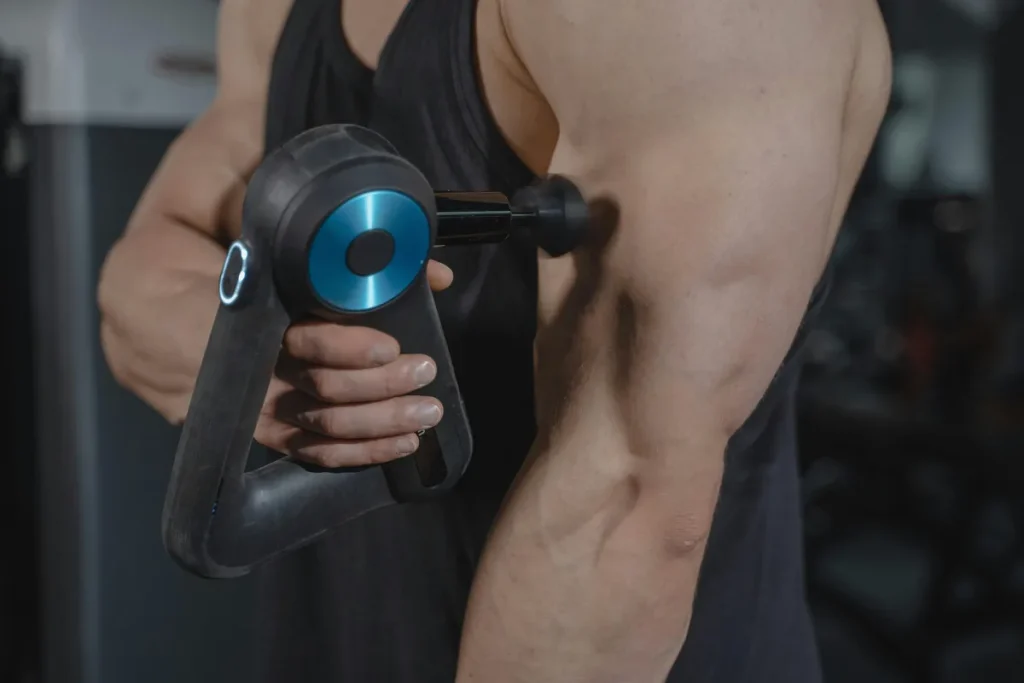
Resistance Bands: Versatile and Accessible
Resistance bands are great for mobility work, light strength training, and active recovery. They’re especially helpful for improving joint range of motion and activating stabilising muscles.
Safe usage tips:
- Anchor bands securely to avoid snap-back injuries
- Use slow, controlled movements—no jerking or bouncing
- Avoid overstretching beyond the band’s resistance level
- Check for wear and tear before each use
- Pair band work with breath control for better muscle engagement
Best for: Shoulder mobility, hip activation, glute bridges, and dynamic stretching Avoid: Using bands with unstable anchors or near the face
Bands are low-impact and beginner friendly, but they still require attention to form. Always prioritise control over intensity.
Foam Rollers and Balls: Release, Don’t Force
Foam rolling and trigger point balls help release tension in fascia and muscle tissue. They’re ideal for post-workout recovery or as part of a mobility warm-up.
Safe usage tips:
- Roll slowly over muscle groups—don’t rush
- Pause on tight spots for 20–30 seconds
- Avoid rolling directly on joints or bones
- Don’t use excessive pressure—especially on sensitive areas
- Combine with gentle movement for better results
Best for: IT bands, calves, upper back, glutes, and lats Avoid: Lower back, neck vertebrae, and inflamed areas
Foam rolling should feel like a release not a punishment. If it’s painful or causes bruising, ease up or switch tools.
Compression Sleeves and Recovery Boots: Passive but Powerful
Compression gear helps improve circulation, reduce swelling, and support muscle recovery. While passive, these tools still require thoughtful use.
Safe usage tips:
- Choose the right size—too tight can restrict blood flow
- Limit wear to 1–2 hours unless medically advised
- Use post-workout or during long periods of inactivity
- Clean gear regularly to prevent skin irritation
- Avoid using over open wounds or skin conditions
Best for: Legs, arms, and post-endurance recovery Avoid: Wearing during intense activity or sleep without guidance
Compression tools are great for recovery days, travel, or post-race support. Just make sure they’re not replacing active movement entirely.
Mobility Tools: Gentle but Targeted
Mobility sticks, stretch straps, and massage balls are designed to support joint health and flexibility. They’re especially useful for targeting hard-to-reach areas and improving movement quality.
Safe usage tips:
- Use tools to assist—not force—range of motion
- Focus on breath and alignment during stretches
- Avoid overstretching or bouncing
- Use props to support posture, not compromise it
- Combine with dynamic movement for best results
Best for: Shoulders, hips, ankles, and thoracic spine Avoid: Forcing deep stretches or using tools on unstable joints
Mobility tools are subtle but effective. When used with intention, they can unlock better movement and reduce injury risk over time.
Editorial Sources
Real Fit Wellness is committed to providing accurate, trustworthy content sourced from peer-reviewed research, board-certified medical experts, patient insights, and leading health organizations. Our editorial standards prioritize clarity, credibility, and relevance.
Sources
University of Utah Health – Massage Guns: How to Use Them Safely and Effectively https://healthcare.utah.edu/healthfeed/2025/03/massage-guns-how-use-them-safely-and-effectively
Sports Injury Physio – How to Use a Massage Gun: Avoid These Mistakes
https://www.sports-injury-physio.com/post/how-to-use-a-massage-gun-avoid-these-mistakes
Muscle & Strength – Recovery Tools: What They Are and How to Use Them
https://www.muscleandstrength.com/articles/recovery-tools-guide

